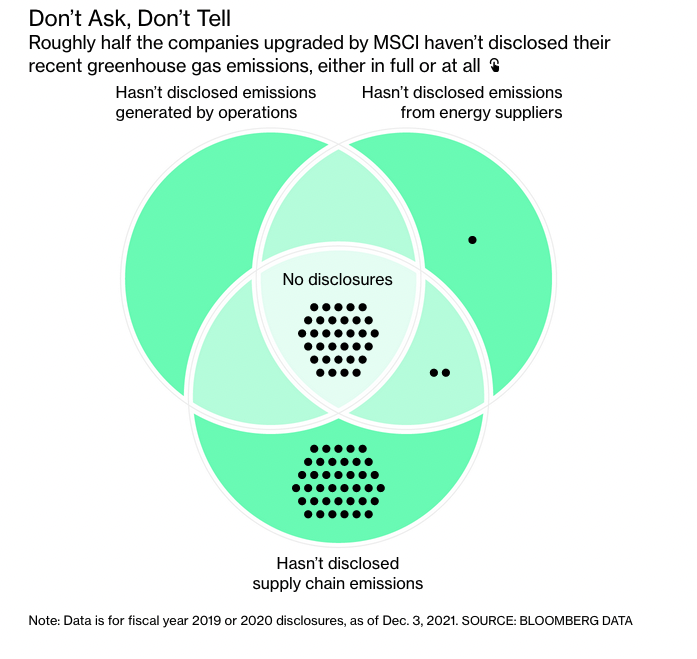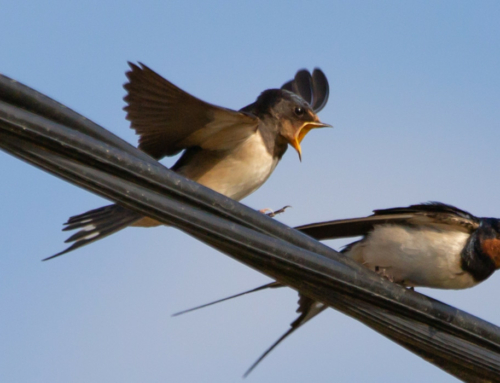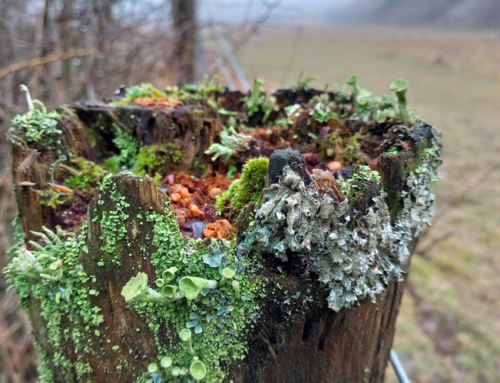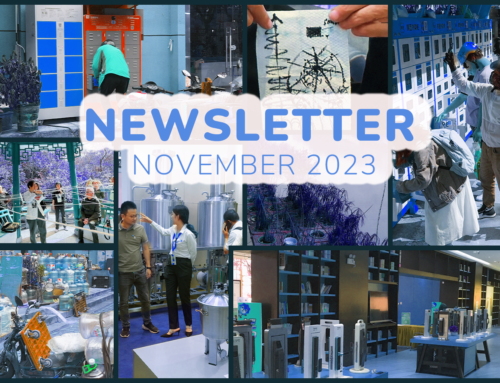I was stupefied when I read this text in 2020: “CEO Anne Rigail announces that Air France will offset all carbon emissions from the 450 domestic flights it runs daily. It will do so by funding projects to plant trees, protect forests, transition to sustainable energy, or protect biodiversity” A few days later, EasyJet went even further. It declared that it would be the “first carbon-neutral airline company in the world.”
https://worldcrunch.com/tech-science/carbon-offsetting-tree-hugger-dream-or-greenwashing-scam.
By what possible logic, I thought then, can it be ‘carbon neutral’ to propel 450 objects into the air, and across Europe, when each of those objects weighs 1,265,000 pounds? (That’s the weight of one fully laden A380). And how on earth, for that matter, could someone smart enough to run an airline come to embrace such logic?
It turns out that a not-so-small army of consultants provides the world’s CEOs with the words and numbers to support their reality-lite assertions.
‘Sustainability Reporting’ , for example, is an eye-watering $34 billion industry in its own right. Here’s a list of the top 25. Most of these names are new – to me, at least – and none that I can see is a design firm.
https://www.consultancy.org/rankings/top-consulting-firms-by-area-of-expertise/sustainability
But ‘sustainability reporting’ is just the tip of a green finance iceberg. ‘Green’ investments are the fastest-growing segment of the global financial-services industry
Since 2019, Bloomberg reports, investment firms have captured trillions of dollars from investors with the promise that “the stocks and bonds of big companies can yield tidy returns while also helping to save the planet”.
https://twitter.com/AkshatRathi/status/1469239630079791106
This boom fuelled by marketing that’s full of dire warnings about the climate crisis from scientists and campaigners.
So it ’s not that nobody was listening, dear climate movement. It’s just that some of the people who did pay attention saw an opportunity to make a few trillion bucks out of the fear we generated in the business world.
Another signal of change: Several big firms (Axa, Bain, Deloitte, PWC, Savills) are now setting up their own schools and training courses on climate issues.
https://www.axa.com/en/magazine/axa-employees-and-climate-change
When I first noticed these developments I thought: ”Finally”. On closer inspection, however, most of these courses are online and deal for the most part in representations of the world. A cynic might suggest that these courses will do more to prepare students for a career in green finance, and marketing, than improve the actual health of the actual world.
But let’s concentrate on a positive side to this otherwise sorry tale. Seventy four percent today’s office workers want to participate in “real-world activities that have a positive impact on their local environment”.
For them, new opportunities – sustainability you can touch – are proliferating. I’m thinking of people who green the streets around their offices; set up biocanteens with local farmers; plant micro-forests on disused land; ‘daylight‘ lost rivers; help their city become a national park; organise bioblitzes with local schools – and many more.
Nearly all of these real-world, real-change projects can be enhanced by design. There are thousands of places to start.
FROM CONTROL, TO KINSHIP (NEW TALK)
“The true potential of AI is to help us reconnect with the living, and the real”. This video of my talk last month for the aai international conference on art(ai) runs for 21 minutes. The transcript is 2,800 words.
https://youtu.be/rYHUYEnjPfI
OPEN SCHOOL FOR VILLAGE HOSTS (NEW WEBSITE)
Village Hosts bring new social, economic and ecological life to small villages and their local economy. They create new livelihoods, and good work, in emerging urban-rural markets: positive-impact tourism, nature reconnection, adventure sports, farm-shares, learning journeys, wellness retreats, work-vacations, heritage trails, and more. To realise these opportunities, Village Hosts seek out and connect assets that may already exist in a community, but are unknown, or isolated: people, places, buildings, and skills. Based on these new connections, Village Hosts develop services sustained by new business models: remote working, co-housing, platform co-ops and others. https://www.villagehosts.eu/
FOOD SYSTEMS AND DESIGN – 2022 READER
This reader is for designers (broadly interpreted) who attend the annual
summer course I run together with Konstfack, in Sweden – but it’s
compiled with all designers in mind. The focus is on food and relationships – social and cultural ones, as well as technical and business. The emphasis is on care, more than consumption. It’s about connection to place. It celebrates contact between generations. It demands respect of other cultures. The idea is that participants experience: new ways to think about food and food systems; how to be as well as what to do, in a food context; who you need to connect with, and how, in order to intervene in a food system; how to reflect, in your journey ahead, as well as how to take action.
http://thackara.com/place-bioregion/back-to-the-land-2-0/





